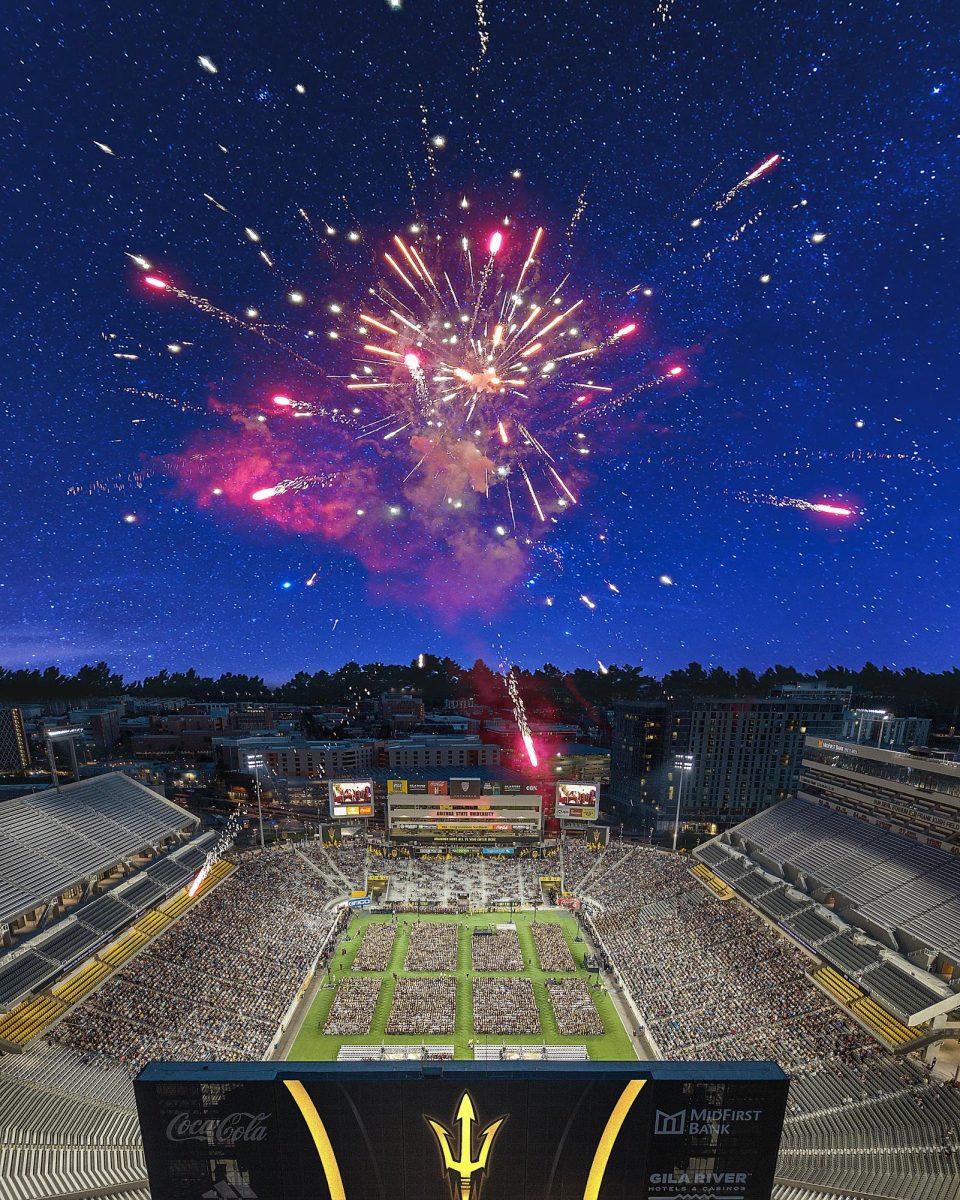Imagine being a lifelong, diehard fan of a good but small-market college football program; watching the team you support competing for good bowl games every year. Then, in 2020, the Supreme Court decided that NIL deals are legal, and now college football programs have to pay hundreds of thousands if not millions of dollars to get a good player through recruiting. How can this small school match these seven-figure deals from powerhouse schools like Alabama and Clemson?
According to NCSA Sports, “Name, image and likeness (or NIL) are the three elements that make up ‘right of publicity’, a legal concept used to prevent or allow the use of an individual to promote a product or service,” so why should schools be able to use these promotional deals to attract players?
NIL deals should not be used as a school’s main recruiting incentive. As the definition above states, NIL deals are used “to prevent or allow the use of an individual to promote a product or service,” and these collectives that give out these NIL deals for schools do not have these athletes promoting a product or service. Unfortunately, the National Collegiate Athletics Organization (NCAA) is taking a step in the wrong direction as they “proposed new rules that would allow itself and schools to help facilitate NIL deals for players in the future,” which further strays away from the original purpose of NIL and only helps big schools hoard big recruits. The NCAA is now putting more power into the big schools as they can officially give large amounts of money to players.
With the funding from these big schools, smaller market schools do not have a chance to keep up. If these smaller schools somehow get a recruit, one good season is all it takes for college football powerhouses to knock on their door with hundreds of thousands of dollars to join their team, leaving these smaller schools with no chance to keep their player.
Even former players do not agree with this money-based recruiting. Former Florida Gators and Denver Broncos quarterback Tim Tebow expressed that his recruiting process was about “where my family wanted [me] to go. It’s about where my grandfather had my dream of having Florida win an SEC championship. And you’re taking that away so young kids can earn a dollar. And I feel like that’s just not where college football needs to go.” As somebody who experienced college football firsthand, Tebow realized that his decision to go to The University of Florida was the best decision for him and his family and that these new athletes might not make these smart decisions because they are tempted by the money.
Even though NIL deals are a net negative for the sport of college football, there is a way to fix it. Instead of having NIL deals go through the school, the NCAA should enforce that student-athletes need to get their deals from actual brands that they support. For example, Alabama and soon-to-be NFL cornerback Kool-Aid McKinstry has a NIL deal with the brand Kool-Aid because of his name; now, he wears a Kool-Aid chain everywhere he goes. McKinstry’s brand deal with Kool-Aid did not change where he decided to go to school. His brand deal did not take away a goal for his family. All that McKinstry’s brand deal did was reward a good player for having excellent skills in his sport, a unique name, and a great personality. More NIL deals should be like McKinstry’s, getting money to bring attention to a brand, just like how it is in the professional leagues. These athletes will not be in college football forever, so the more similar their brand deals are to professional athletes’ brand deals, the better they are set up to market themselves for the rest of their careers. College is all about setting up students for the rest of their lives, and similarly structured brand deals to the pros will do just that. If more NIL deals are with individual brands instead of through schools and collectives, these college student-athletes can get the money they deserve while not ruining their family’s dreams for them and the competitiveness of their sport.
Even though these college athletes have been fighting for NIL deals for a very long time, the NCAA did not format them correctly. The current deals give these big schools way too much power and make it challenging for smaller schools to get good recruits. They also negatively affect a recruit’s decision-making process, as most choose the money over the proper school for them. The NCAA needs to structure the deals more like the NFL and have these deals be strictly brand-related and not school-related. If NIL deals are formatted this way, it will still get the athletes their money without compromising the competitiveness of the sport and their college decision-making process.
Resources:
NCSA Sports. www.ncsasports.org/name-image-likeness. Accessed 31 Jan. 2024.
Parks, James. “NIL in college football: Here’s what you need to know, and what’s next.” Sports Illustrated, 17 Jan. 2024, www.si.com/fannation/college/cfb-hq/ncaa-football/college-football-nil-rule-changes-what-you-need-to-know. Accessed 31 Jan. 2024.
Paying College Athletes. 9 Feb. 2024. Issues & Controversies, https://icof.infobase.com/articles/QXJ0aWNsZVRleHQ6MTY1NDA%3D?aid=100572.


